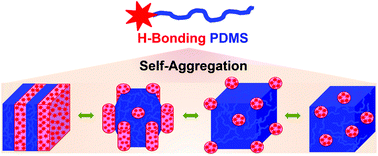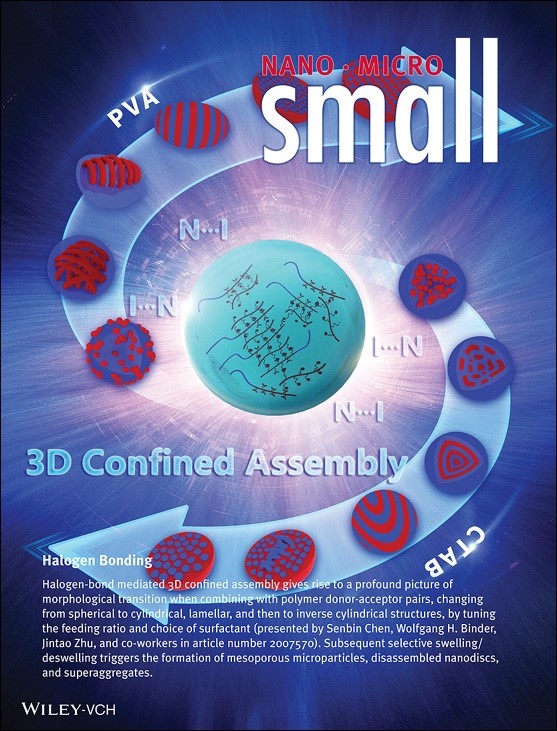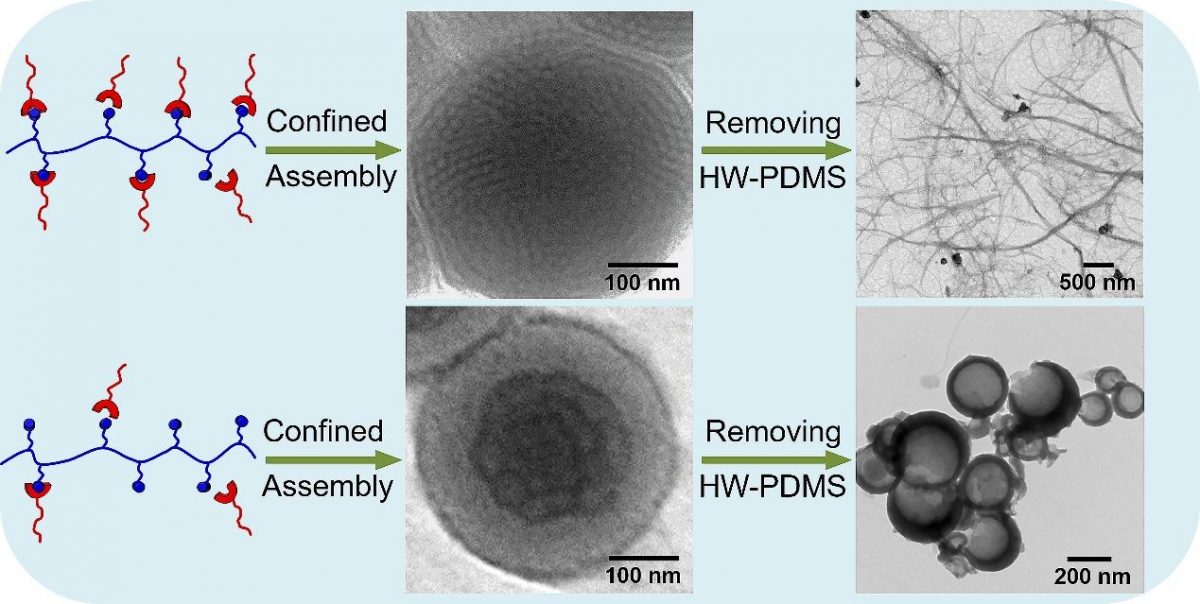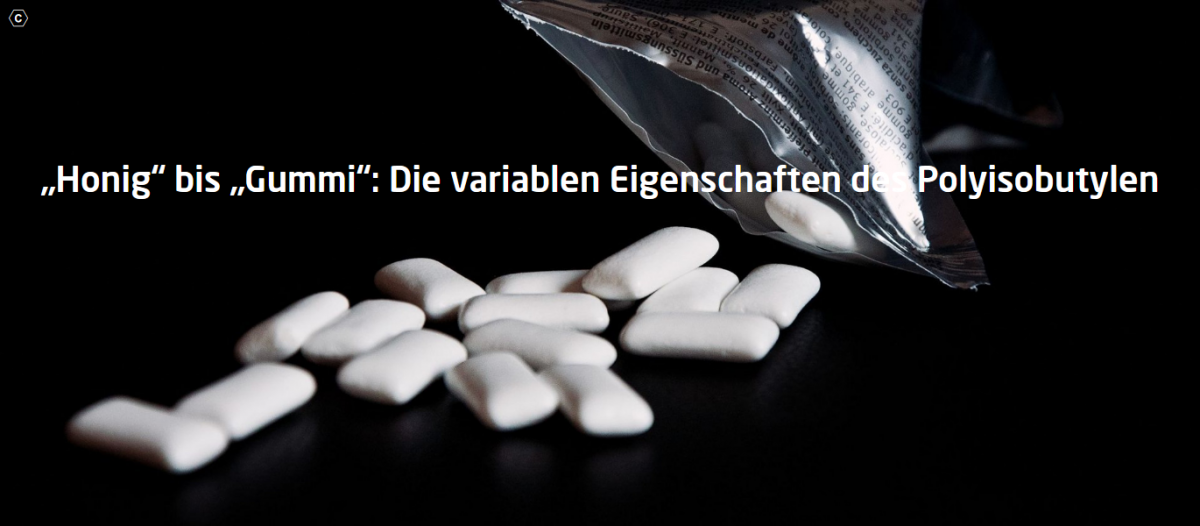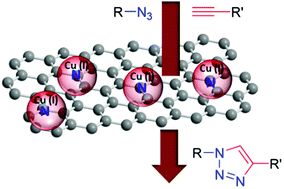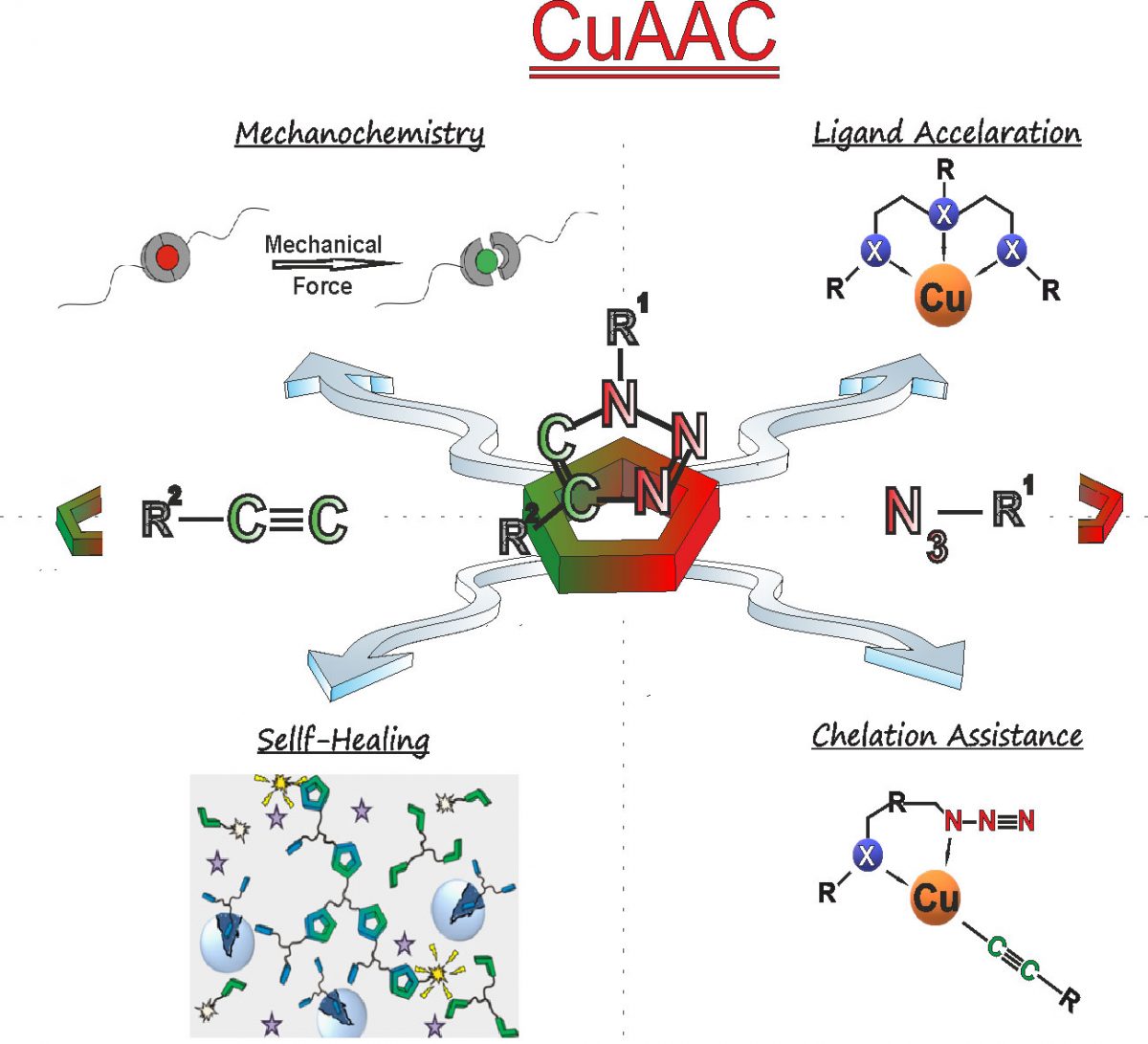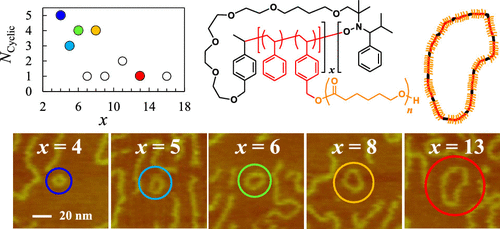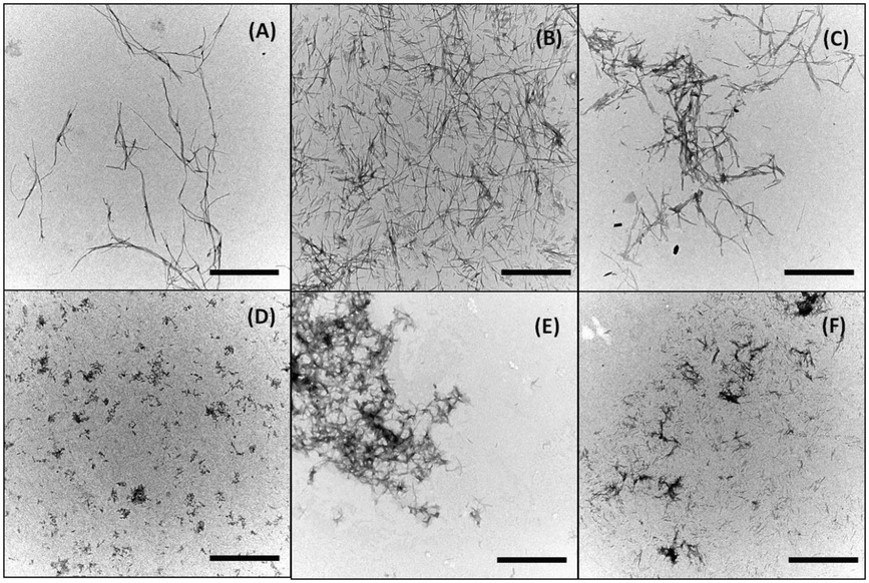Synthesis and self-aggregated nanostructures of hydrogen-bonding polydimethylsiloxane
Chen,* S.,et al. Polymer Chemistry, 2021, 28(12), 4111-4119, https://doi.org/10.1039/D1PY00513H
Gaining control over assembled nanostructures is an important aspect in nanotechnology and materials. We investigate nanostructures, including lamellae (LAM), hexagonally packed cylinders (HPC), body-centered cubic spheres (BCC) and disordered micelles (DIM), primarily influenced by the nature of H-bonding moieties (e.g., Ba, TAP, HW) attached to the PDMS polymers, proving that the immiscibility parameter and volume fraction between nonpolar PDMS and polar H-bonding moieties both are determining the final structures. We report the precise synthesis of tailored polydimethylsiloxanes (PDMS) at their α-ends, bearing a series of H-bonding moieties (e.g., barbiturate (Ba), 2,4,6-triaminopyrimidine (TAP) and Hamilton wedge (HW)), using robust copper (I)-catalyzed azide-alkyne cycloaddition (CuAAC) reaction. Self-aggregated H-bonds are formed in the solid state from the obtained H-bonding PDMS, as evidenced by the temperature dependent solid-state 1H MAS NMR. We also demonstrate a thermally reversible order-disorder transition (ODT) of the observed nanostructures, induced by the H-bonding self-aggregation as observed via temperature-dependent SAXS investigations. Published with a permission of the Royal Society of Chemistry 2021.


